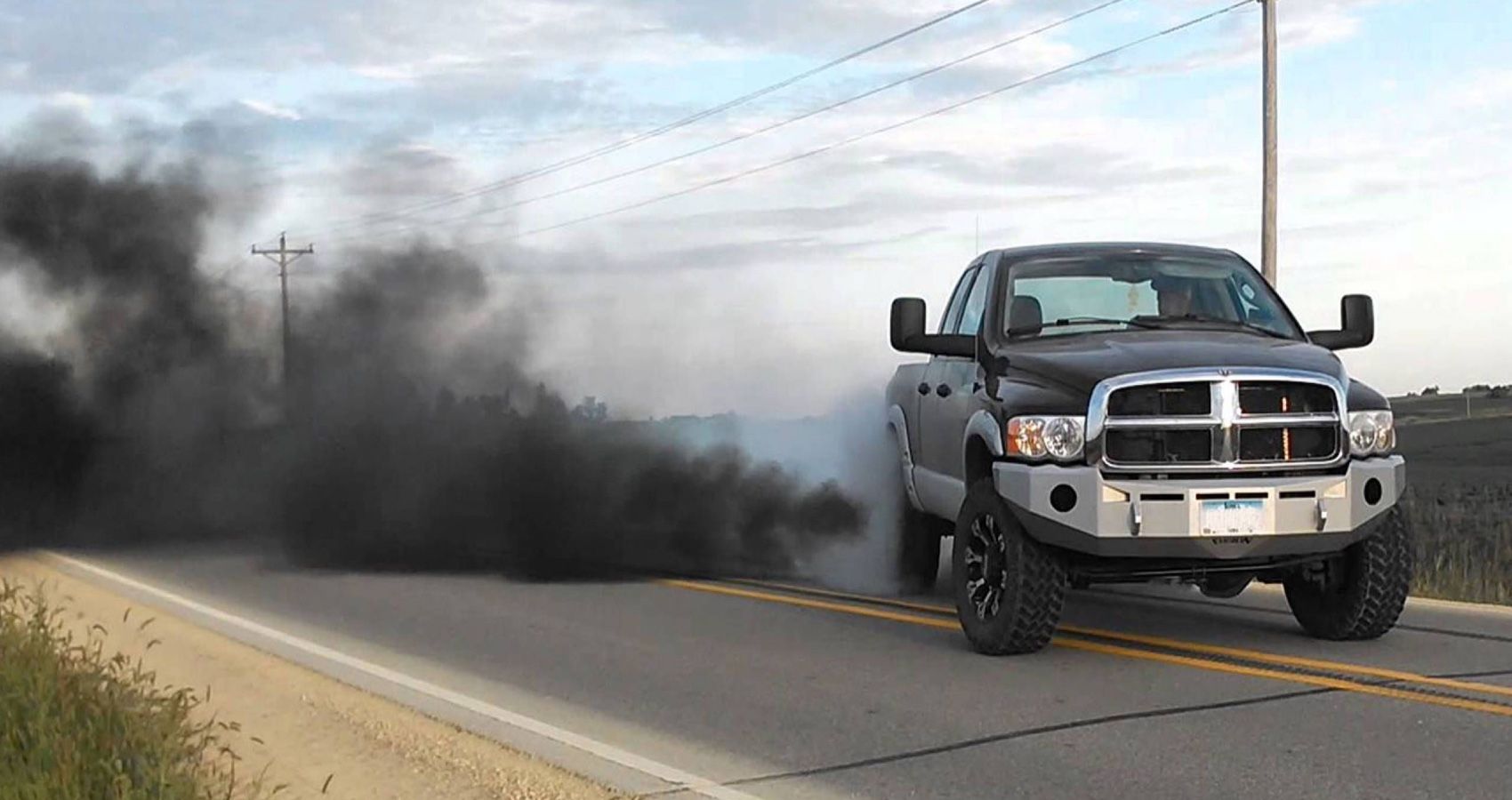As an incorporate-on, turbochargers have contributed a great deal to the motoring local community. Utilizing a turbo meant extracting much more electrical power from an current set up, all with tiny to no reduction in performance. From listening to the sweet wastegate whistle to manufacturing monstrous outputs, a turbocharger, much like a supercharger, has the electric power to make even a compact sedan glimpse neat.
Several confuse compound turbos to yet one more variation of twin-turbocharging. When it’s correct to a selected extent, compound turbos operate quite in another way as opposed to twin turbos, be it sequential or parallel preparations.
Most twin-turbo (sequential and parallel setups) are commonly found in gasoline vehicles, exactly where there are RPMs to participate in with. But what if you want to deliver the exact energy in a diesel motor? It simply cannot rev as high as a gas motor vehicle, so multiplying the strengthen pressure is a handy answer.
Enter compound turbos. You see, sequential turbocharging makes use of turbos of different dimensions working at individual RPM bands whilst, in parallel turbocharging, two turbos of the same size act as one huge device. Compound turbocharging, on the other hand, characteristics two turbos doing work in series, i.e., just one turbo feeds a different turbo. By accomplishing so, the diesel motor can now pump out additional horsepower and unlock a reasonably flatter torque curve.
What Is Compound Turbocharging?
Just place, compound turbos—much like sequential systems—have two turbochargers of varying measurements, which are organized in a series layout. Unlike sequential turbochargers, compound turbos are “symbiotic” in their partnership.
You could argue that compound turbocharging is an additional extravagant phrase for twin-turbocharging. But the fact is that all three (sequential, parallel, and compound) turbo programs are exceptional in their style and design, set up, piping, and other engineering tolerances. The biggest variance in between twin-turbocharging and compound turbocharging is that the previous is a solitary-phase method, while the latter is deemed two-phase.
In a sequential turbocharging technique, it’s normally either the lesser turbo or the bigger turbo that requires care of developing increase. The switchover varies between brands but ordinarily comes about about the 4000-5000 rpm mark. Not like a compound turbo setup, at no stage are the two turbos in a sequential arrangement helping every other multiply the increase strain.
How Do Compound Turbos Perform?
In conditions of working, a compound setup’s intake side has the larger secondary “atmospheric” turbo sucking in refreshing air, compressing it, and then sending it instantly into the lesser, principal “high-pressure” turbo mounted on the exhaust manifold. At the same time, the smaller superior-pressure turbo feeds exhaust right to the bigger atmospheric turbo, helping it spool faster.
The serious magic of “compounding” starts off when the higher-stress key turbo commences reaching its utmost RPM. Technically, the key turbo can more time produce enhance given that it’s currently maxed out, so now, the secondary turbo kicks in. Valves in the key turbo open, bypassing exhaust gases immediately to the secondary atmospheric turbo so that the motor still has raise even in the mid-to-higher RPMs.
What folks confuse about compound turbocharging is the consumption side, where the system is reverse to the exhaust aspect. In simple terms, when the secondary “low pressure” turbo kicks in, air is sucked from the ambiance (therefore atmospheric turbo), compressed to 2x or 2.5x (based on the setup), and fed into the key substantial-force turbo, which then compresses it further.
How Is It Encouraging Diesel Engines And What About Trustworthiness?
The added benefits of compound devices are a lot. You get excellent low-finish torque, punchy mid-variety, and enjoyable prime-finish efficiency. Furthermore, you have available electric power in the course of the rev band, as properly as much better drivability at any provided RPM. OEM engines like the Ford 6.4L Electrical power Stroke came with manufacturing unit compound turbos. Most OEM turbos in light-obligation diesel vans are more compact to help in superior throttle reaction. So you can combine the OEM turbo’s faster response with an aftermarket low-strain turbo’s prime-stop punch to operate a compound setup.
But it is important that you run a compound system based on your needs. Any diesel general performance expert will notify you that compound turbos are organized differently for unique purposes. An individual who commonly tows a lot will run a distinct compound turbo program versus a road or race truck.
As for dependability, jogging a compound technique will not make your truck any a lot less responsible. Most men and women stop up exploiting the additional opportunity. Although there is an boost in reaction and performance (depending on the establish), that does not signify you need to maintain pushing it each individual now and once again. If you set it up sensibly, trustworthiness will reflect appropriately. For occasion, 400-500 horsepower is incredibly unique from 700-800 horsepower. Not only does it raise the load and use on parts, but it drastically drops drivetrain longevity. If you often go to the drag strip, 700 horsepower is justifiable. On the other hand, you are unable to anticipate reliability to be the very same as a avenue motor running 500 horsepower compounds.
Resources: Garrett Movement, Diesel Military




More Stories
Fleet Services: The Importance of Regular Diesel Maintenance and Inspections
M&D acquires Turbo Diesel & Electric, adding six branch locations
Twin-Turbo 5.9L Cummins-Powered Lamborghini – Engine Builder Magazine